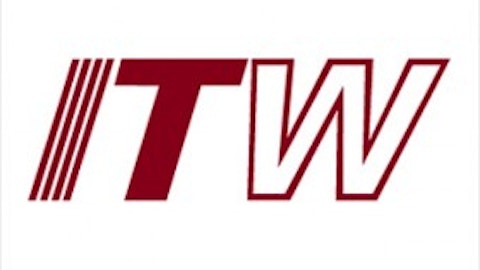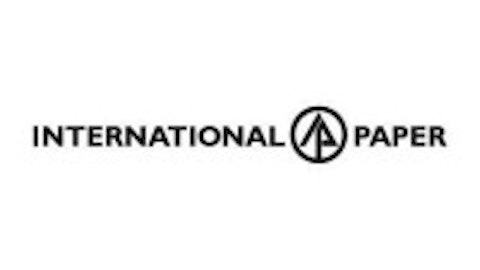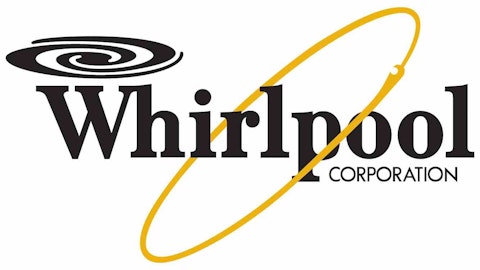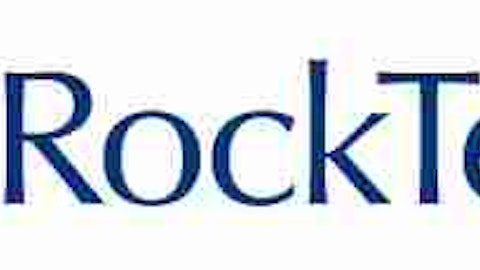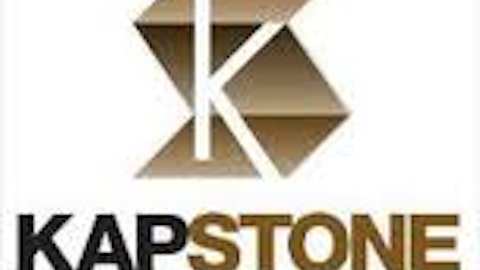Retail dividend investors often fall into the trap of only seeking stocks that pay high yields with regular rises in the quarterly dividend. However, investors must also consider if the dividend is sustainable in the event of macro issues; is the company leaving enough income to reinvest in growth; and if room exists to increase the yield even further. A good way to answer these questions is by comparing payout ratios of similar companies, which might indirectly tell you which of the two (or more) companies presents the best investment opportunity.
Two Industry (And Dividend) Leaders
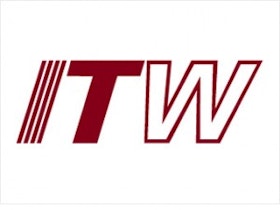
After Illinois Tool Works Inc. (NYSE:ITW)’ dividend hike, the stock now pays a forward yield of 2.25%. Illinois Tool’s closest competitor is Stanley Black & Decker, Inc. (NYSE:SWK), which has also seen revenue and margin improvements, and pays a dividend of 2.4%.
These are two very comparable companies, except Illinois Tool Works Inc. (NYSE:ITW) has a higher return on equity, which has given it operating margins that are 5% higher than Stanley Black & Decker, Inc. (NYSE:SWK). When we look at the percentage that both companies pay of their net income in dividends, Illinois Tool pays 30% and Stanley Black & Decker pays out 37% of its dividend.
Granted, Stanley Black & Decker, Inc. (NYSE:SWK)’s dividend is slightly higher, but not enough to create a 7% difference. Therefore, Illinois Tool Works Inc. (NYSE:ITW)’s lower ratio is most likely tied to its more-efficient business, and its ability to squeeze more profits per dollar of revenue.
Nonetheless, neither company’s payout is considered too high by any means. As a rule of thumb, I like to see a payout ratio below 50%, which still leaves a considerable amount of income for buybacks, cash accumulation, and to reinvest back into the business.
With both companies growing, and having a relatively small amount of debt compared to their assets, I think either stock would make a good dividend investment. Moreover, both stocks trade with P/E ratios and price/sales ratio that are below the S&P 500 average, thereby adding more substance to the long case.
An Unlikely Comparison
It’s hard to compare a small and large cap stock, but in the case of the $600 million Neenah Paper, Inc. (NYSE:NP) and $22 billion company International Paper Company (NYSE:IP), they have similar business models. In terms of stock performance, both have returned gains of 50% in the last 12 months.
In particular, Neenah Paper, Inc. (NYSE:NP) created some excitement last week after raising its dividend by 33.3%. The stock now pays a 2.02% forward yield, and the company has doubled its dividend in the last five years.
International Paper Company (NYSE:IP) has a forward yield of 2.4%, but has been more conservative by only raising its yield 20% in the last five years.
Following Neenah’s 33.3% hike, the company now has a payout ratio of just 22.6%. On the other hand, International Paper pays out almost 50% of its income in dividends. As an investor, you should view this disparity as problematic for International Paper, as they have little money to reinvest back into the business – unlike Neenah.
In the case of Stanley Black & Decker, Inc. (NYSE:SWK) and Illinois Tool Works Inc. (NYSE:ITW), the lower payout ratio could be attributed to higher operating margins. The same is true for Neenah and International Paper, as Neenah has operating margins of 10% compared to IP’s 7.5%.
Also, like Stanley Black & Decker, Inc. (NYSE:SWK) and Illinois Tool, the cause for Neenah’s higher operating margin is due to better investments, as Neenah’s return on equity is nearly 22% versus 14% for IP. With that said, these facts could imply that a small and relatively unknown company, Neenah, is actually better than the industry powerhouse, International Paper, although valuations must also be measured.
In this case, both stocks trade at 0.77 times sales, but International Paper trades at 20 times earnings compared to Neenah’s 13 times earnings. Therefore, I consider Neenah to be the better investment opportunity.
Final Thoughts
Indirectly, this article also shows you the importance of a company’s return on equity, as a higher percentage implies a higher operating margin, which then leads to a lower payout ratio.
In my book, I thoroughly explain the importance of comparing companies to their competitor, as it allows you to identify certain strengths and weaknesses that may be invisible without the comparison. In this article, you now see why this practice is important, and now you can use it in future research.
Brian Nichols has no position in any stocks mentioned. The Motley Fool recommends Illinois Tool Works.
The article Here’s A Fundamental Metric That You Should Monitor originally appeared on Fool.com and is written by Brian Nichols.
Brian is a member of The Motley Fool Blog Network — entries represent the personal opinion of the blogger and are not formally edited.
Copyright © 1995 – 2013 The Motley Fool, LLC. All rights reserved. The Motley Fool has a disclosure policy.
